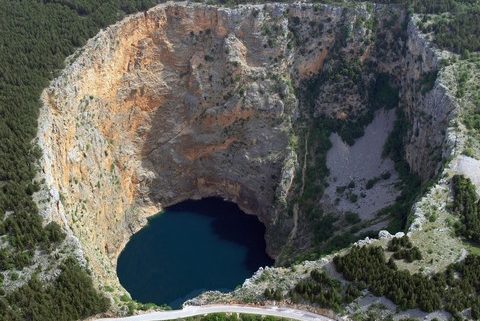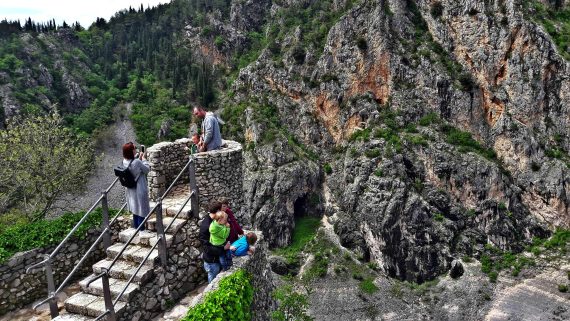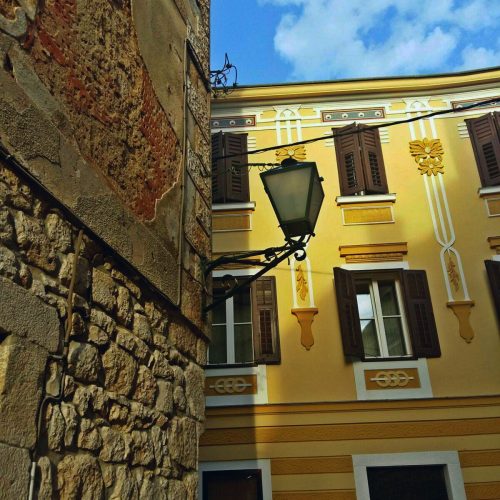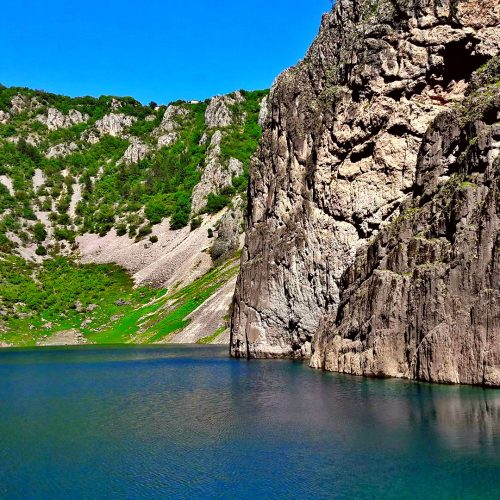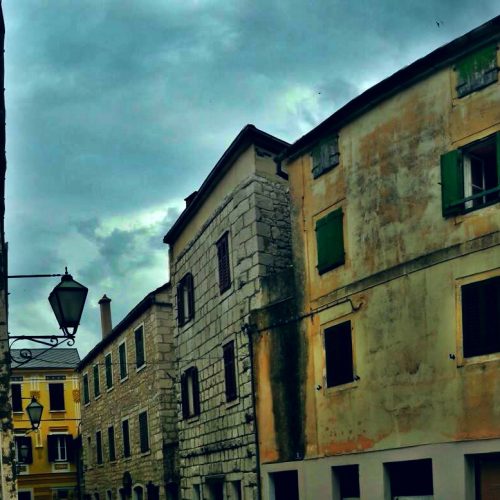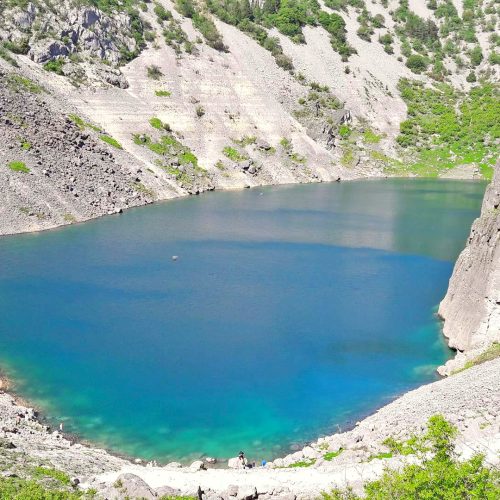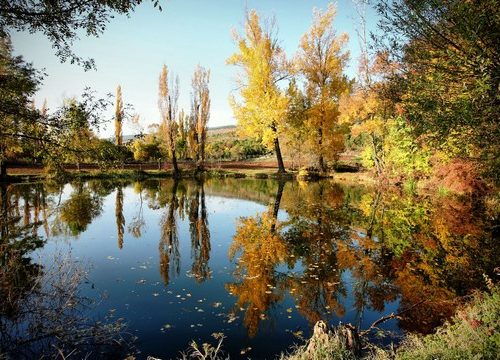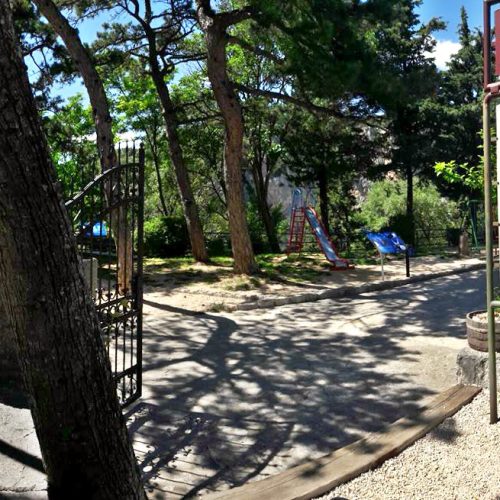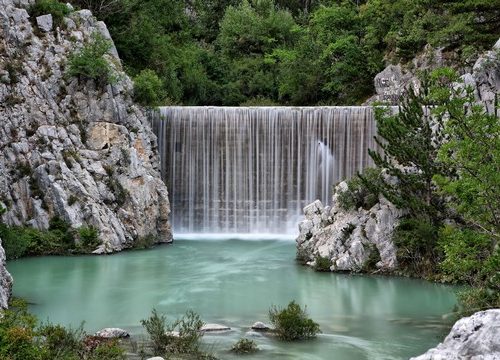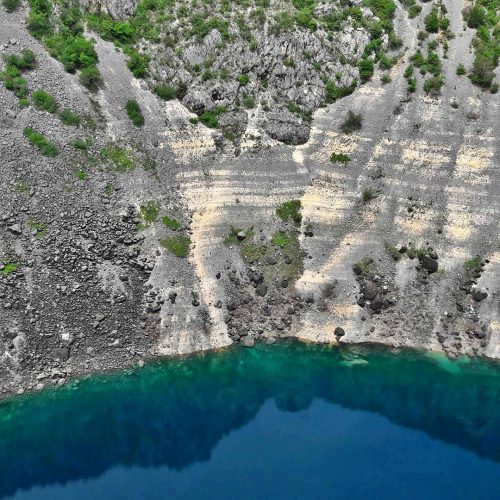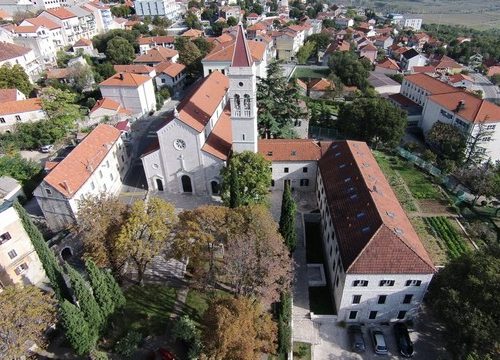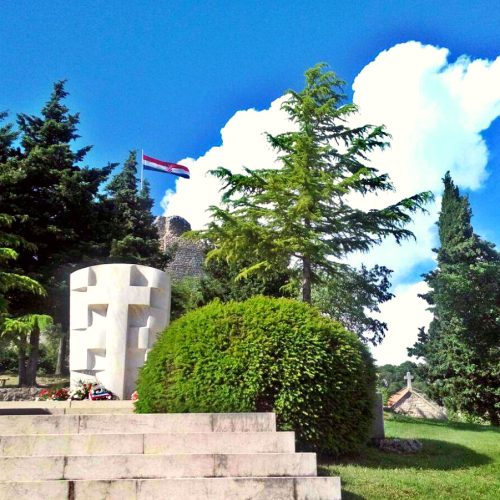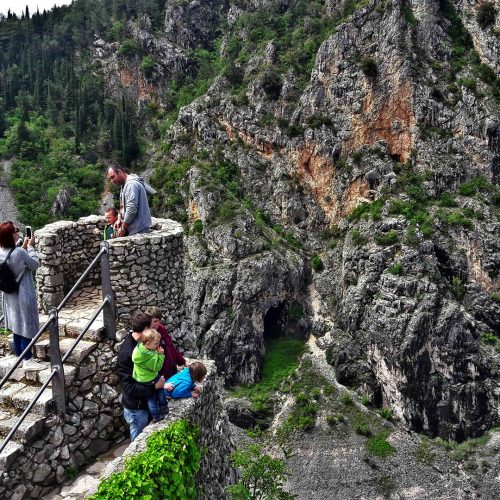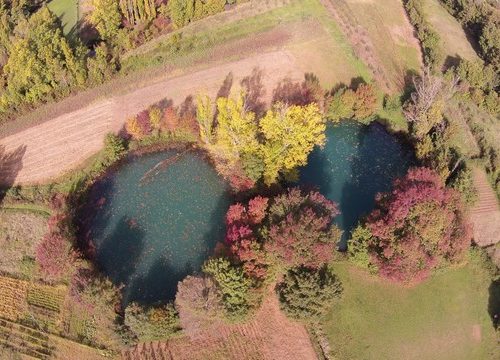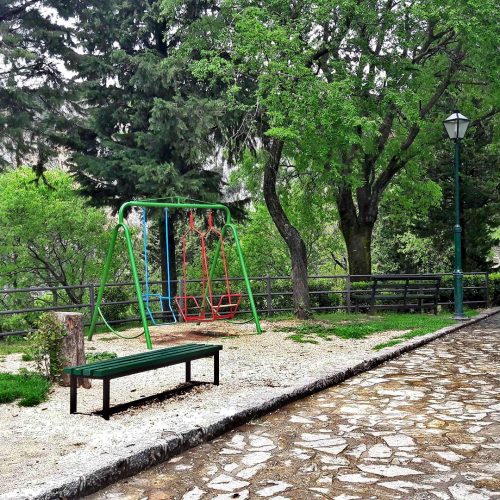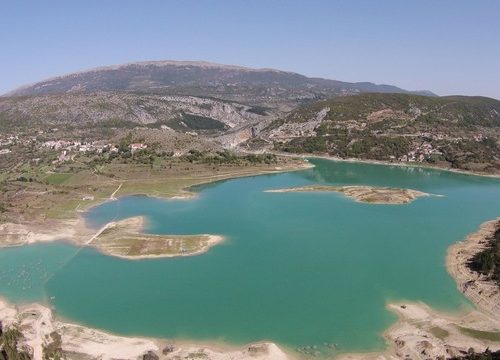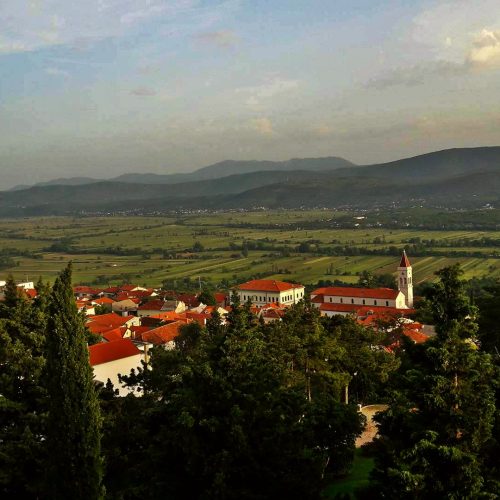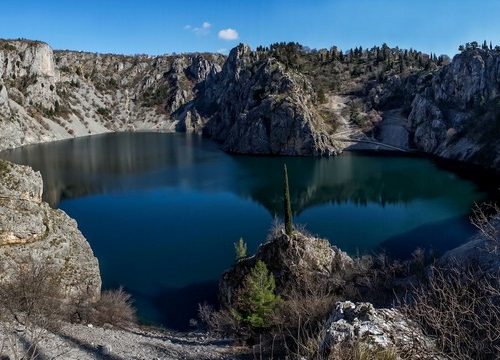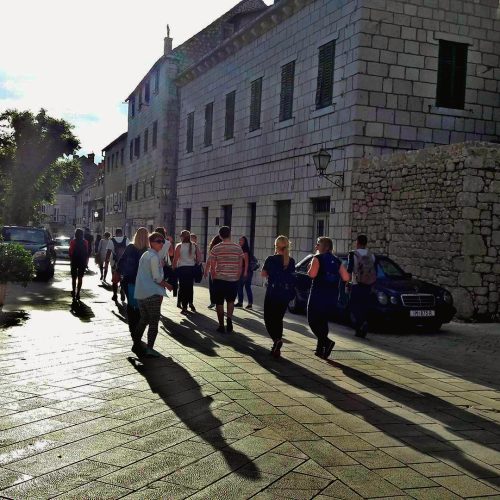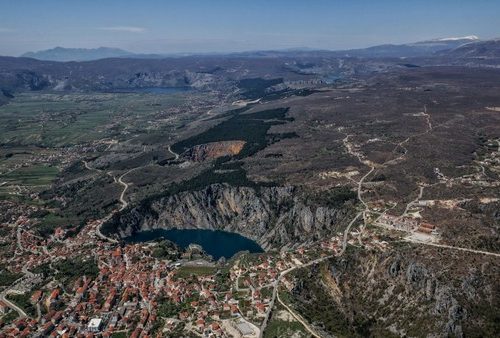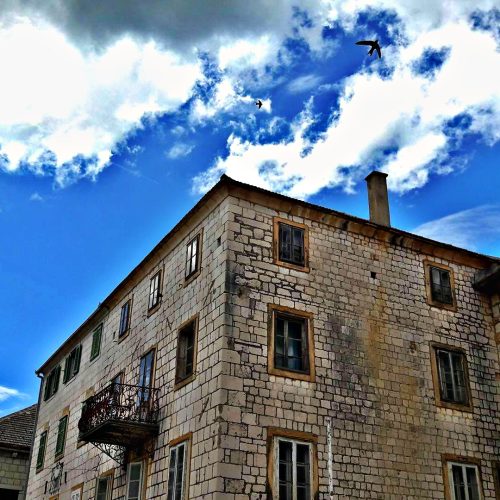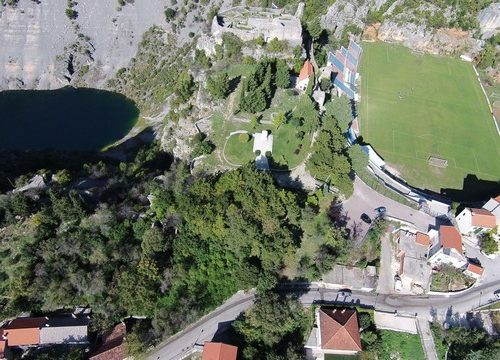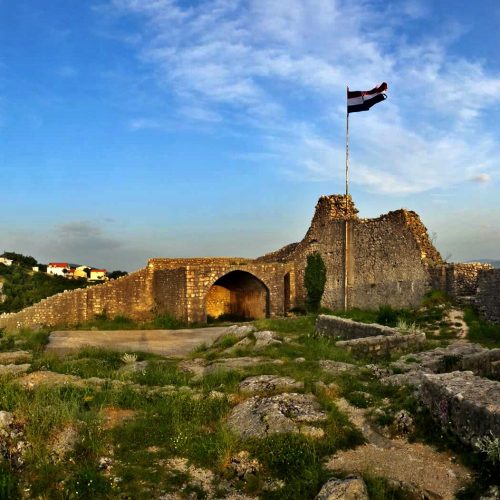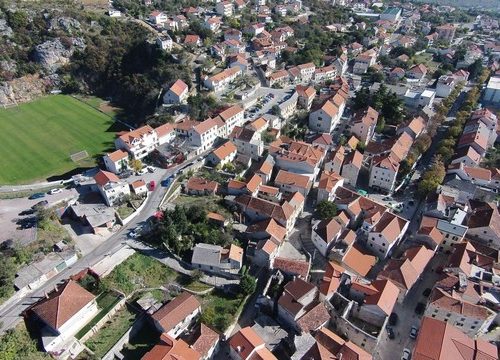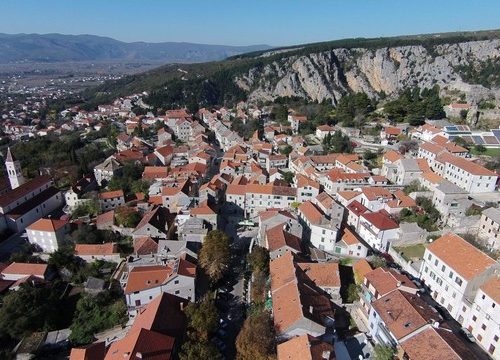IMOTSKA KRAJINA
Imotska krajina is a historical name for an area situated in the hinterland of the Biokova massif. In the past Imotska krajina included also the part bordering with Bosnia and Herzegovina, while the current demarcation originated with the peace Treaty of Passarowitz, which ended the conflicts between the Republic of Venice and the Ottoman Empire during the Second Morean War between 1714 and 1718.
The fertile Imotsko polje (field) has had a key role in the life of this area. In between its almost flat surface and the Biokova massif (1762 m) there is a spacious karst area with a series of alternating hills and bays. The field and the karst area in its immediate vicinity abound in water. The Vrljika River flows alongside the entire field, and Prološko blato in its north-western part becomes a floodplain area during the cold season of the year. Thanks to them the field offers excellent conditions for agriculture. Several karst lakes for which Imotska krajina is well-known are situated in the karst area north of the field.
Not far from Imotsko polje, on the slope of the Podi hill is situated Imotski. It developed from the medieval fortress which was the centre of the Croatian municipality and whose existence in the 10th-century was recorded by the Byzantine Emperor Constantine Porphyrogennetos (τά Ημοτα). The rest of the important settlements were situated by the very edge of the field: Proložac (by the north-western edge) and Zmijavci and Runovići (by the south-eastern edge). Out of the settlements situated further away from the field, it is worth mentioning Zagvozd and the western villages – Studenci, Lovreć, Cista…
Land area: 612 km2
Population: 29 721 (2011.)
Population density: 48,5 p/km2
The area of Imotski is well-known for its tradition and culture. It is mentioned in the famous folklore ballad Asanaginica which has been translated into a number of European and world languages. The Imotski area is also famous for its ganga – a traditional type of singing which originated at the beginning of 20th-century. Ganga is a type of singing performed in a way that one singer sings verses and the rest follow him imitating the sound of gusle. Finally, Imotska krajina contributed greatly to 20th-century Croatian literature. The greatest credit for that deserves the great poet and writer Tin Ujević (1891 – 1955.).
 English
English Hrvatski
Hrvatski
